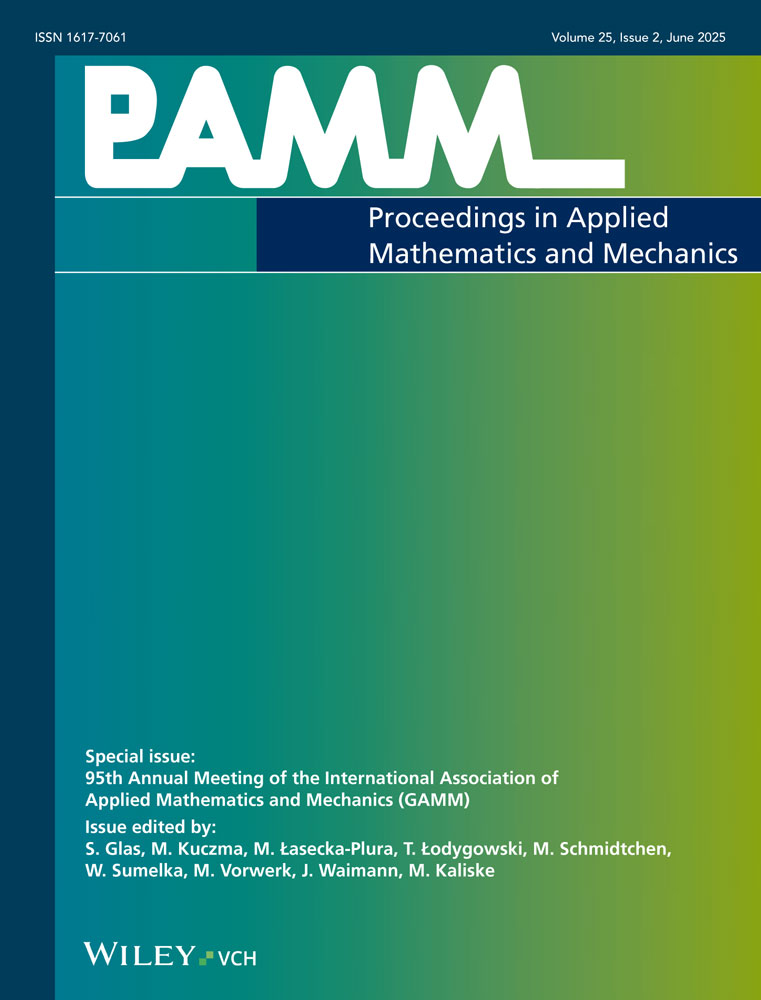Suitable initial conditions for multiphasic FE computations of spinal discs
Abstract
The intervertebral disc (IVD), as a complex representative of charged, hydrated biological soft tissues, is of great research interest regarding numerical simulation techniques. Herein, especially the Finite Element Method (FEM) plays a major role in combination with a macroscopic model based on the Theory of Porous Media (TPM). Following this, two phases are introduced: the extracellular matrix exhibiting a nonlinear viscoelastic behavior and the viscous interstitial fluid. Furthermore, the resultant solid and fluid phases are electrochemically active by carrying fixed negative charges and containing dissolved ions and cations, respectively. This characteristic causes an osmotic pressure (Donnan osmosis), which is superimposed with the hydraulic contribution to a total pore pressure.
In this contribution two numerical simulations of a free swelling experiment with different initial conditions are discussed. Herein, one can proceed from an overall stress-free reference configuration, which leads to a prestressed but undeformed solid skeleton. Secondly, a non stress-free initial state is investigated, which will be computed to an equilibrium state between the osmotic pressure and the solid extra stress leading to a deformed and prestressed solid skeleton. (© 2006 WILEY-VCH Verlag GmbH & Co. KGaA, Weinheim)




